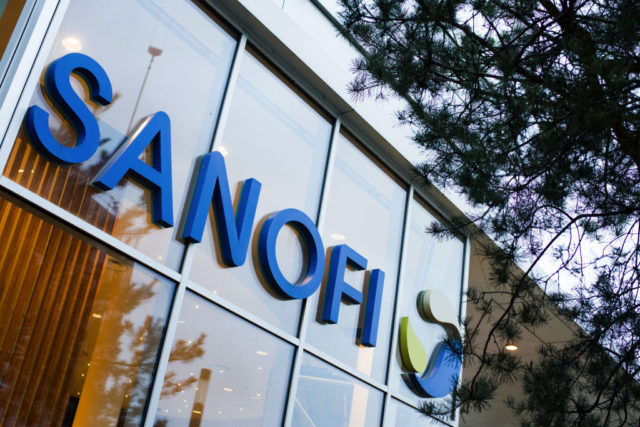
Sanofi has two therapies for the rare disorder Pompe disease, one of which is a relatively recent entry into the market. But a drug candidate from Maze Therapeutics would offer advantages over both products, and now that the molecule has some early validating clinical data, the pharmaceutical giant is committing $150 million to acquire it.
According to terms of the agreement announced Monday, the payment consists of both upfront cash and a future equity investment in South San Francisco-based Maze. The breakdown of that payment was not further specified. The biotech could also receive up to $600 million in milestone payments depending on the drug’s progress in Sanofi’s hands.
Pompe is an inherited disorder caused by mutations to the gene that codes for acid alpha glucosidase (GAA), an enzyme needed to break down glycogen in muscles. Without enough GAA, glycogen levels build up in skeletal, respiratory, and cardiac muscle tissues. Patients experience progressively worsening muscle weakness and breathing problems.
Standard Pompe treatment includes enzyme replacement therapy in which engineered versions of the key enzyme are administered intravenously. Sanofi’s Lumizyme has been available for more than a decade. The product, which is marketed in Europe under the name Myozyme, accounted for more than €1 billion (about $1.1 billion) in revenue in last year.
Sanofi’s second Pompe therapy is an enzyme replacement successor to Lumizyme. Nexviazyme is designed to target a receptor that increases its uptake into cells, which is intended to improve the engineered enzyme’s ability to clear glycogen. The FDA approved Nexviazyme in 2021. It was approved in Europe last year, where it is marketed as Nexviadyme.
Maze discovered MZE001 with Compass, a platform technology that yields genetic insights that inform the biotech’s drug discovery research. MZE001 works by blocking glycogen synthase, an enzyme key to glycogen production. As a small molecule, the drug can be formulated into a twice-daily pill, offering patients a more convenient alternative to infused enzyme replacement therapies.
In a Phase 1 test in healthy volunteers, single and multiple ascending doses of the Maze drug were well tolerated. Results also showed reductions in levels of glycogen in the blood across dose levels, which the company said confirmed that the drug engaged with its enzyme target. Those results were confirmed in a group that received muscle biopsies, which showed equivalent reductions in muscle glycogen. The results were presented in February during WORLDSymposium, the annual lysosomal diseases conference.
“Improving the lives of people with Pompe disease is a key focus for Sanofi, and we believe MZE001 could be an important addition to the patient treatment paradigm,” Karin Knobe, Sanofi’s global head of clinical development rare diseases and rare blood disorders, said in a prepared statement.
With MZE001 heading to Sanofi, Maze can turn its focus to its next most-advanced program, APOL1-mediated chronic kidney disease. APOL1 is a gene that raises the kidney disease risk in people of African descent who carry particular gene variants. This type of kidney disease affects an estimated one million people in the U.S. A clinical trial is planned to begin in the second half of this year. Maze has another chronic kidney disease program that addresses an undisclosed target. Clinical testing is planned for 2024.
In an email, Maze President Jason Coloma and Harold Bernstein, president of R&D and chief medical officer, said the applicability of the insights from Compass is broad. Looking ahead, the company will focus on more common genetically linked disorders where Maze could have a bigger impact for patients.
Maze is developing antibody drugs for eye disease via Broadwing Bio, a joint venture formed in 2020 with Alloy Therapeutics. Coloma and Bernstein added that the company is continuously evaluating various business development opportunities with outside partners. The Sanofi licensing deal was the result of such ongoing dialogue. Coloma and Bernstein said Maze has enough capital to support the company through 2025.
Photo: Nathan Laine/Bloomberg, via Getty Images








